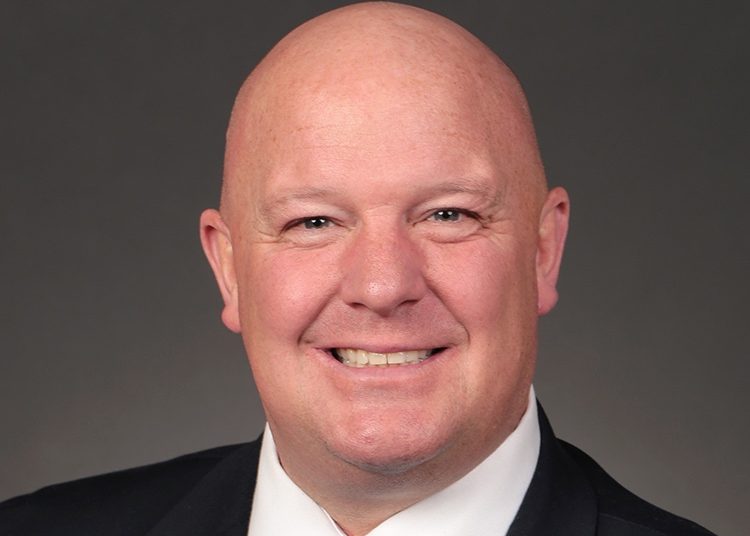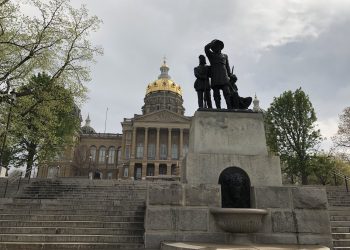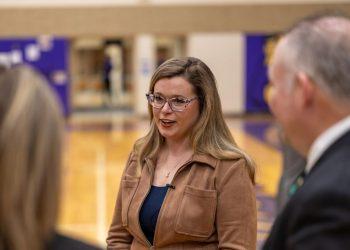One of the secrets to Iowa’s fiscal success story in the face all our modern challenges is the complete integration of the taxation (Ways and Means) committee and the spending (Appropriations) teams. The staff and legislators have worked together, creating plans that have been reviewed, tested, and ready for the final touches when we arrive in Des Moines for session.
All that is needed is a team that can say “No” to spending and yearn for tax cuts at the same time. Iowa Senate Republicans have that team and that discipline. The formula isn’t a secret. You need to know how much revenue you have available to spend. Then budget much less than that amount so you can guarantee what you promise to deliver. If you hold spending down below the growth rate of the private sector, revenues increase in relation to expenditures. Then, when the next year’s revenues come in much higher than needed, you can cut taxes, which lead to more economic growth. Repeat this process, always with a conservative 5-year look forward to protect yourself and Iowa.
The largest tax expenditure Iowa has each year is education, and K-12 spending is most of that amount. Last year we as a state spent $3.38 BILLION in school aid. This number must be determined first because it is that largest portion of a General Fund budget that must be responsible. Secondly, local school boards must get their state aid number so they can build, approve, and certify their budgets on time. But like most segments of our lives, Chinese Covid made this complicated this year.
Our K-12 state supplemental aid is calculated on how much money per student we will spend. Covid threw a wrench into the works when it hit. When schools counted students on the designated day, which becomes their certified enrollment, about 6000 students were missing. They could have been kept home for schooling, or their parents found them a private school to continue in-person learning. Based on this count, a 2.4 percent increase in spending amounted to just over $30 million in additional new spending.
This year around 1500 of those students have returned and been added to the certified enrollment in the budget we are building. When you add these new students to the count, a 0 percent increase in per-student aid means would be a $34.4 million increase just to meet the formula requirements. The costs go up from there. If we match last year’s 2.4 percent increase, the new total is $137.6 million in new spending. You can see the difficulty, but we have to recognize that schools are dealing with inflation in their inputs as well.
The Governor is proposing a 2.5 percent increase and again the House of Representatives is offering more than that. The Senate will be working to balance the need for responsible budgeting against the schools’ higher costs and need to certify their budgets. And underlying all of this discussion are the principles of responsible budgeting and the continuing work on tax cuts. Always tax cuts. This is the way.















